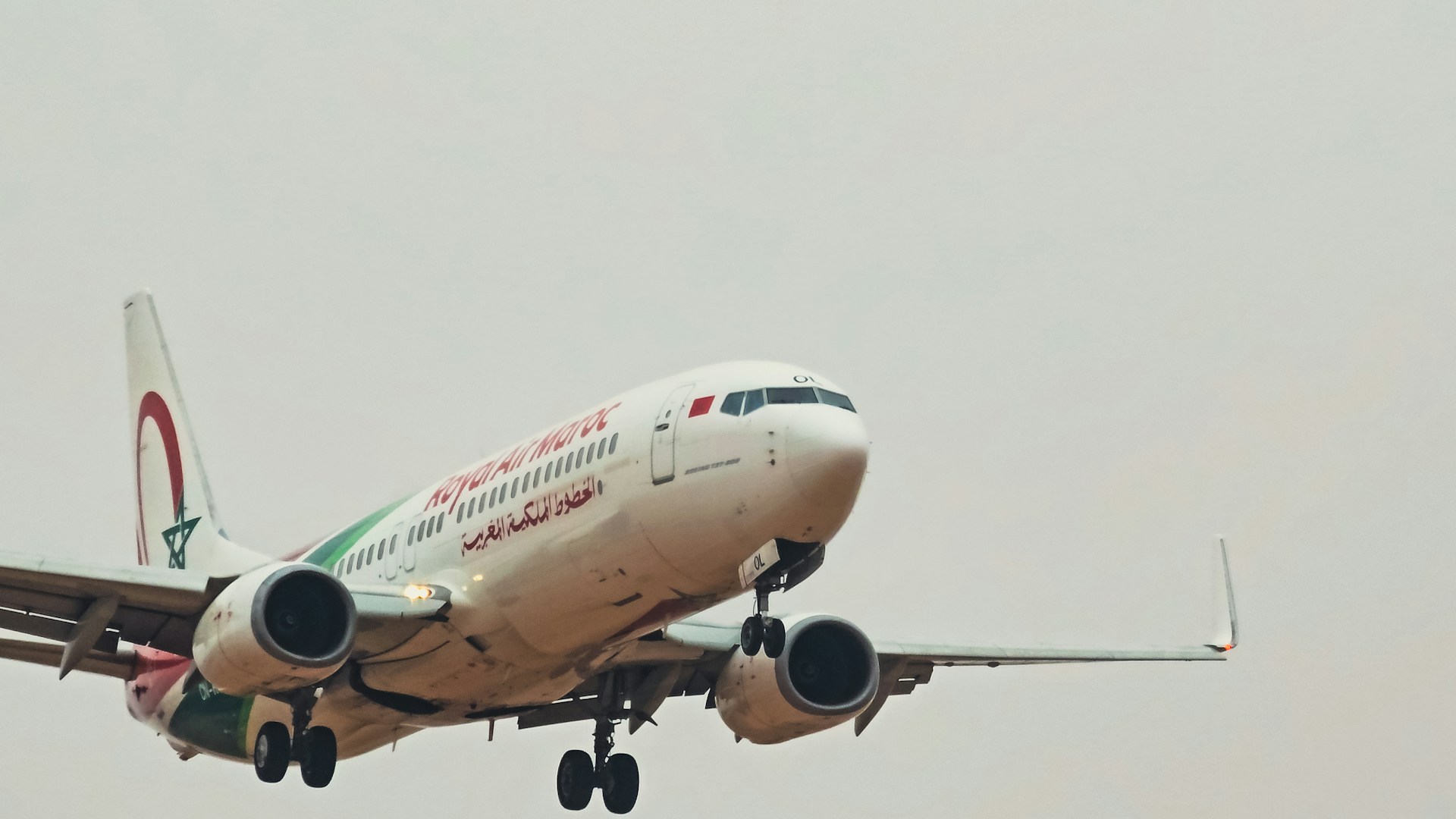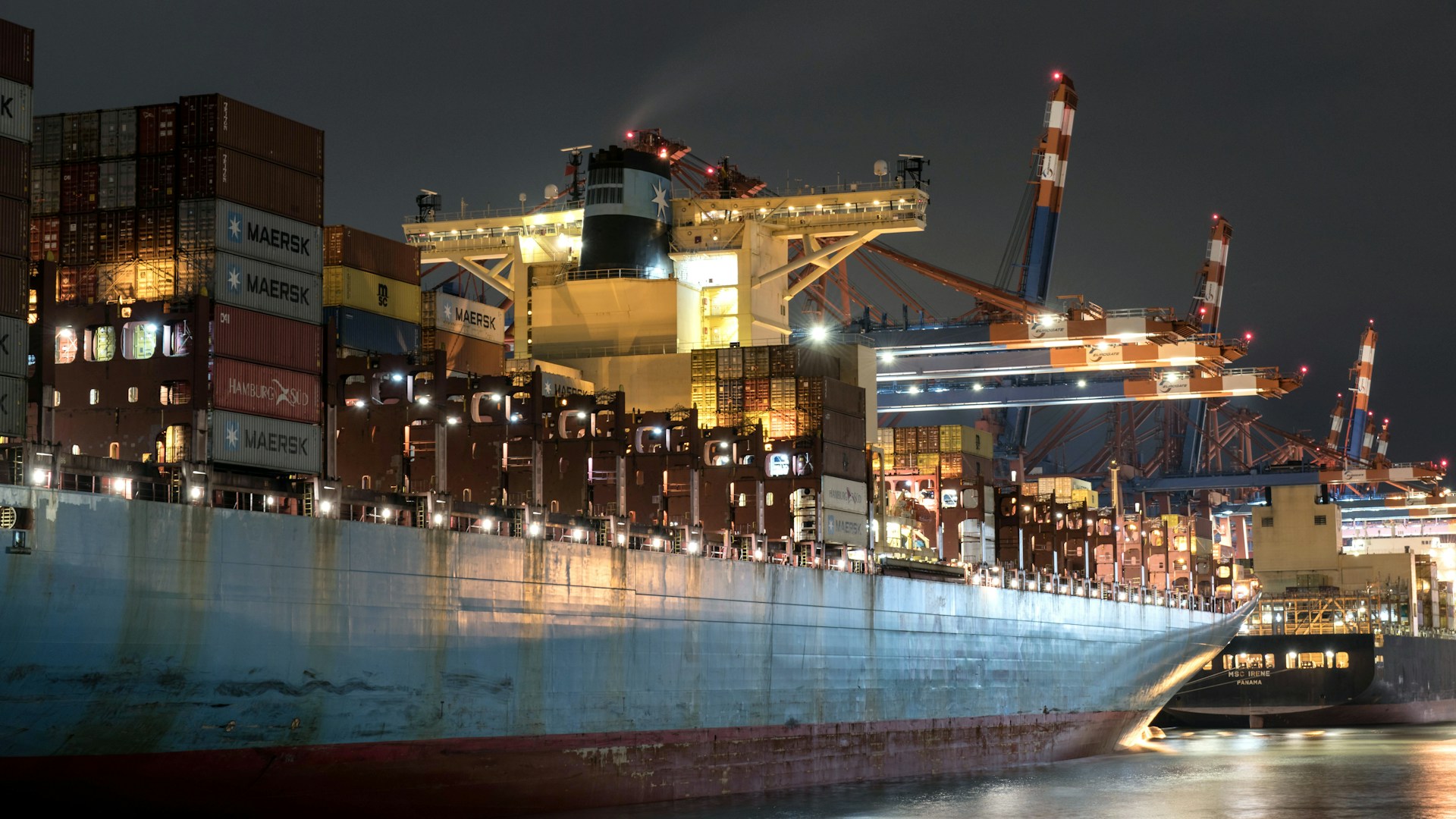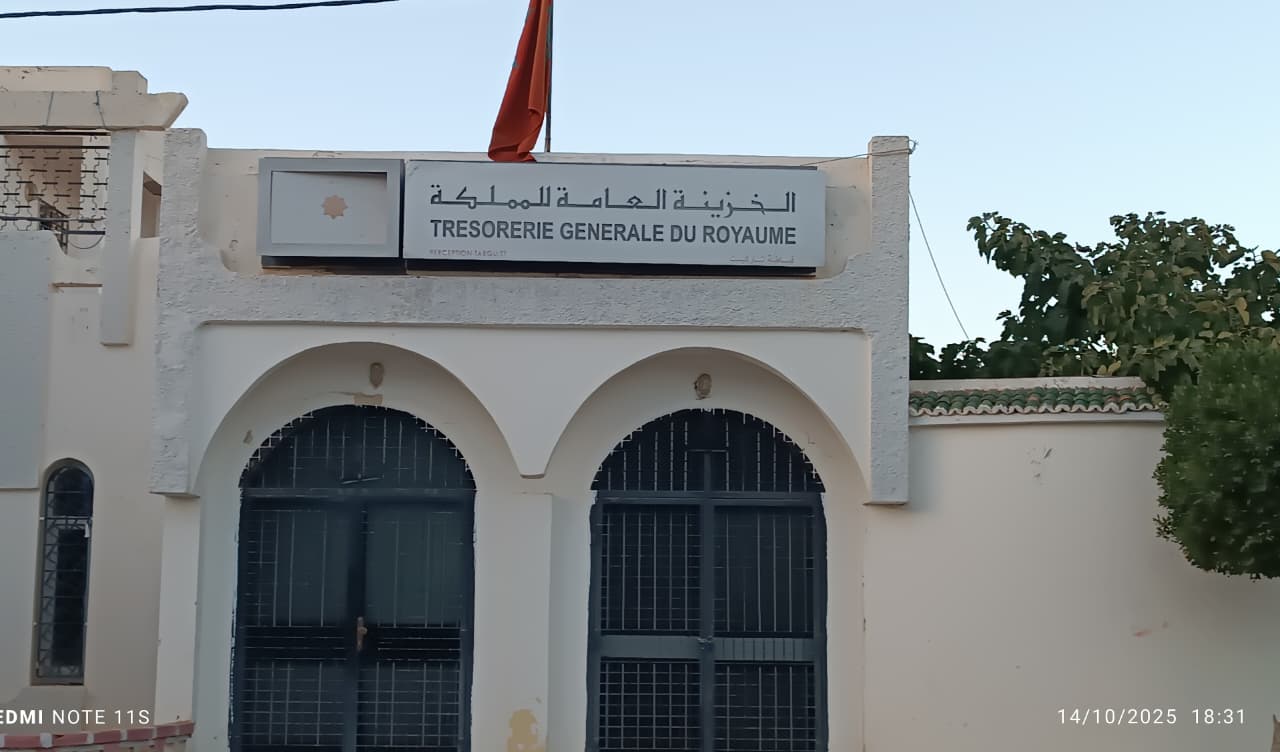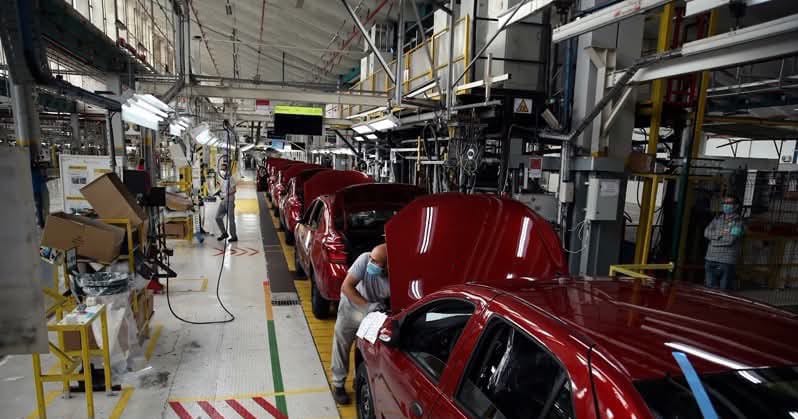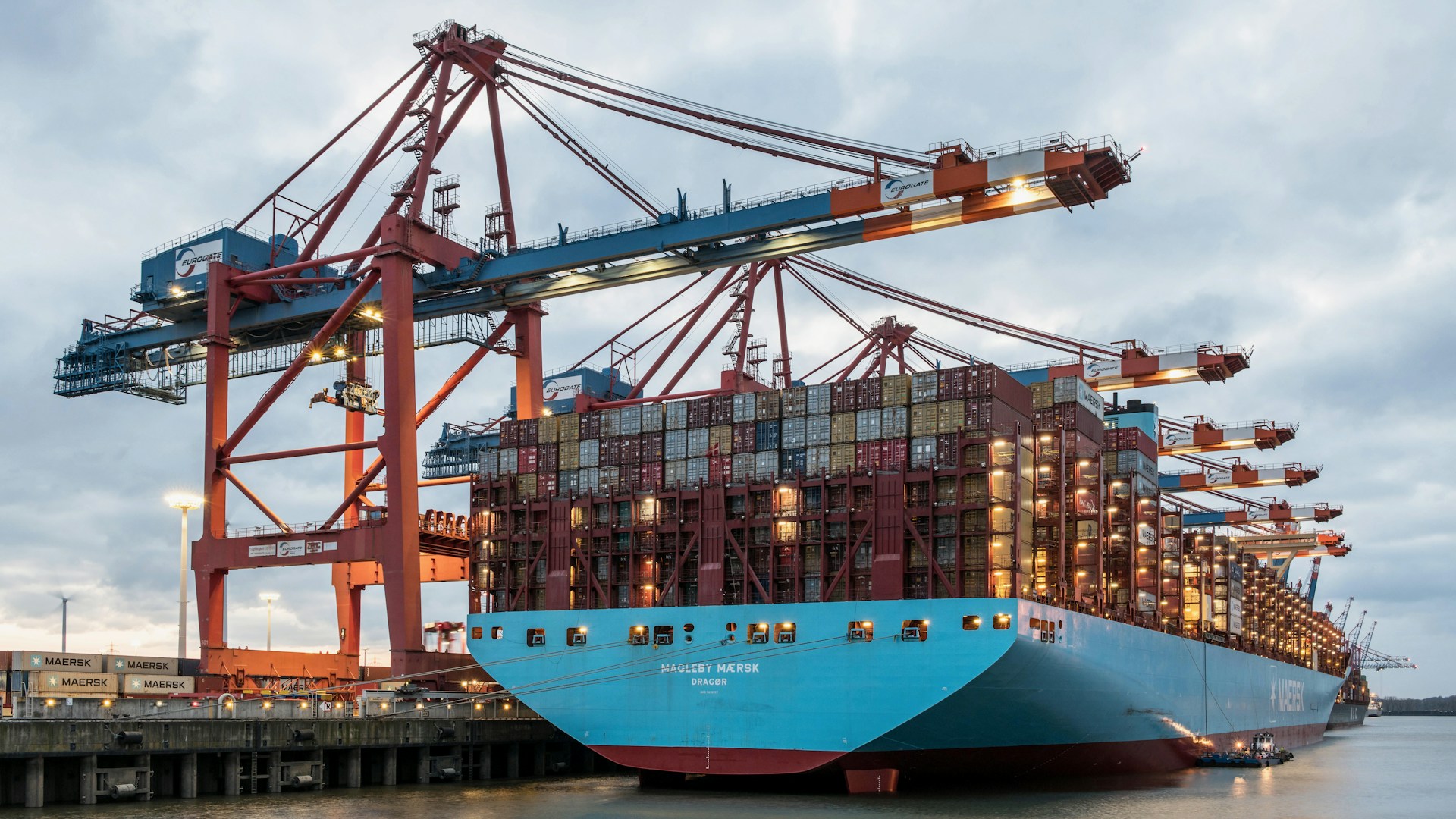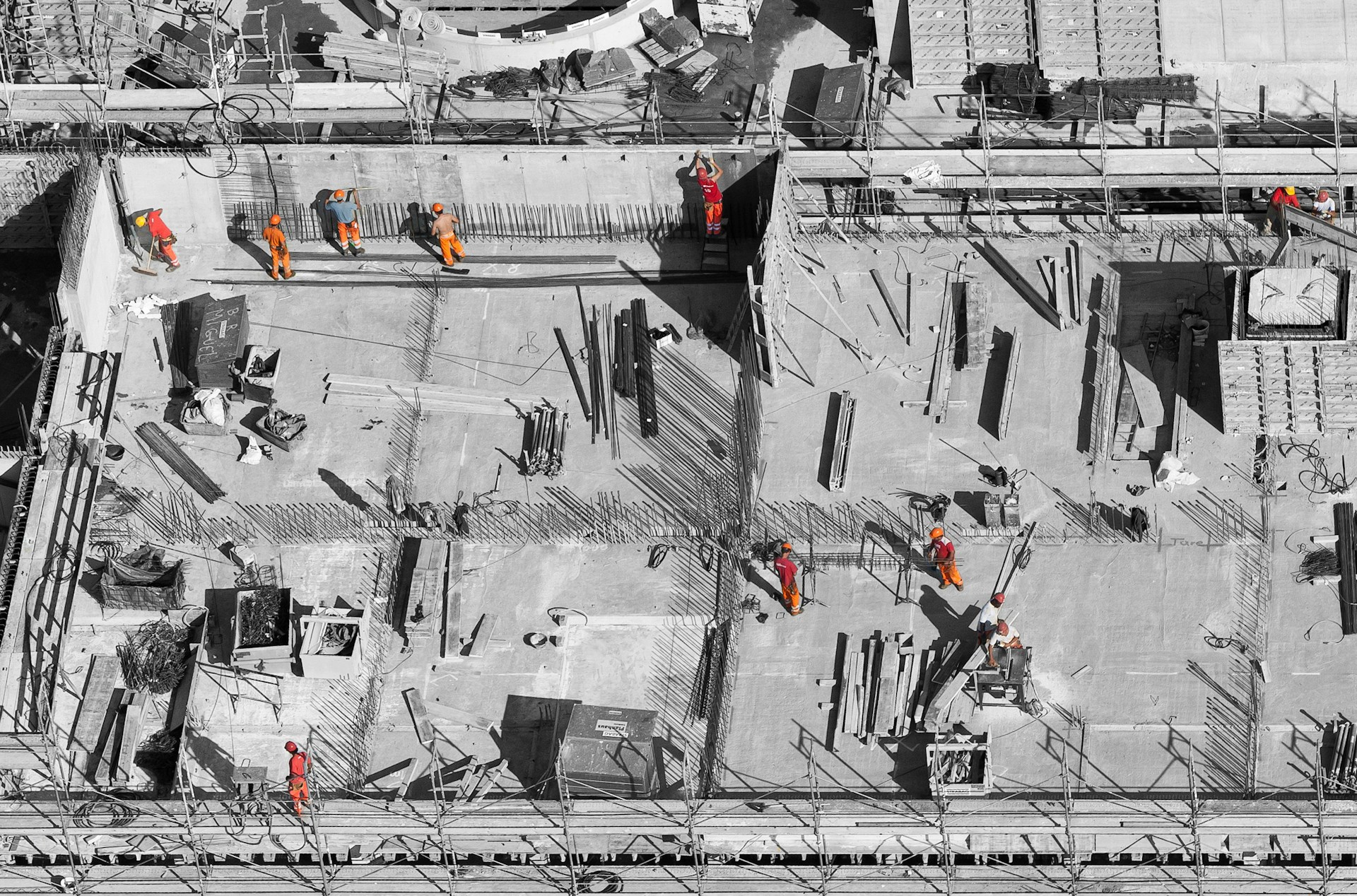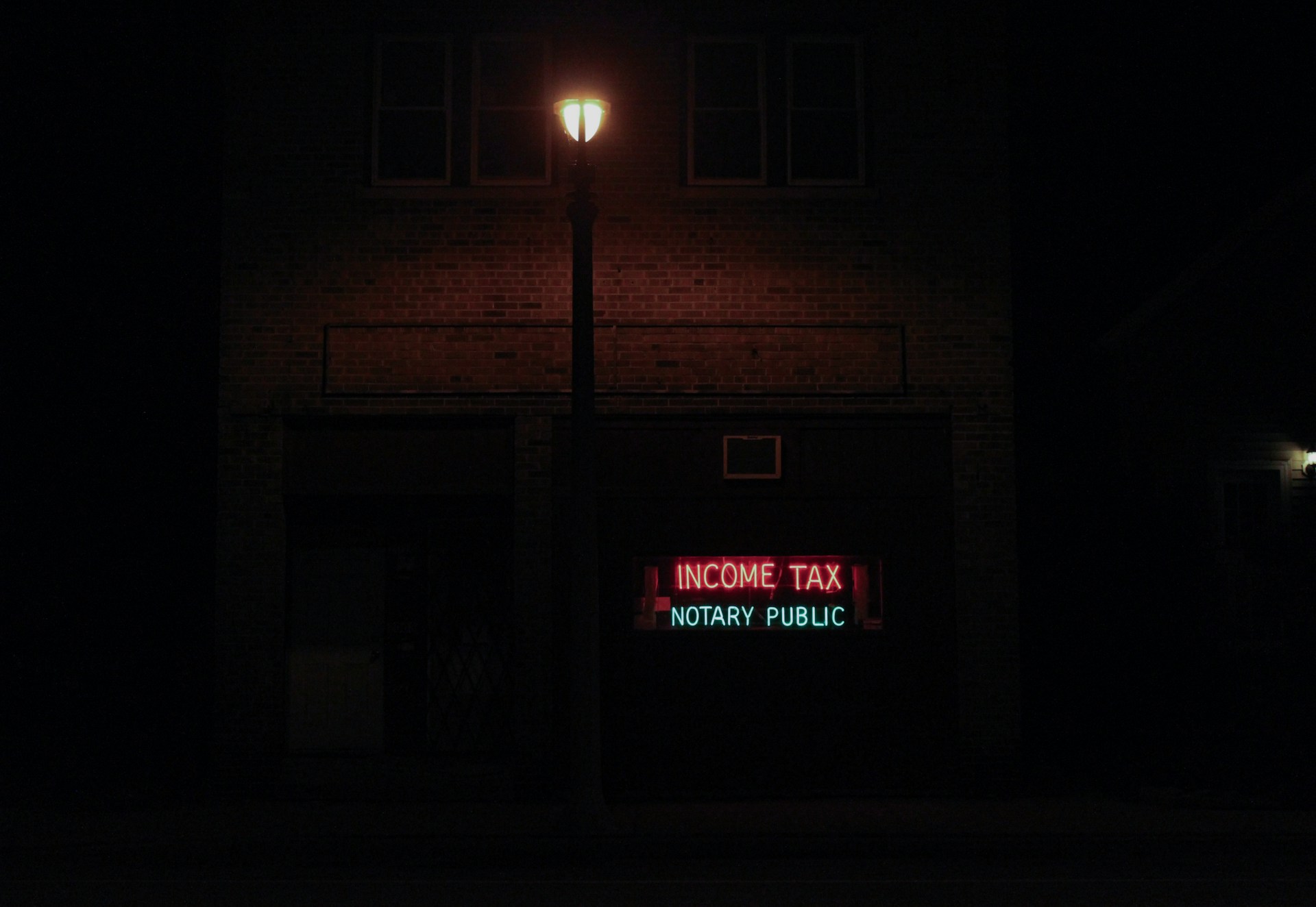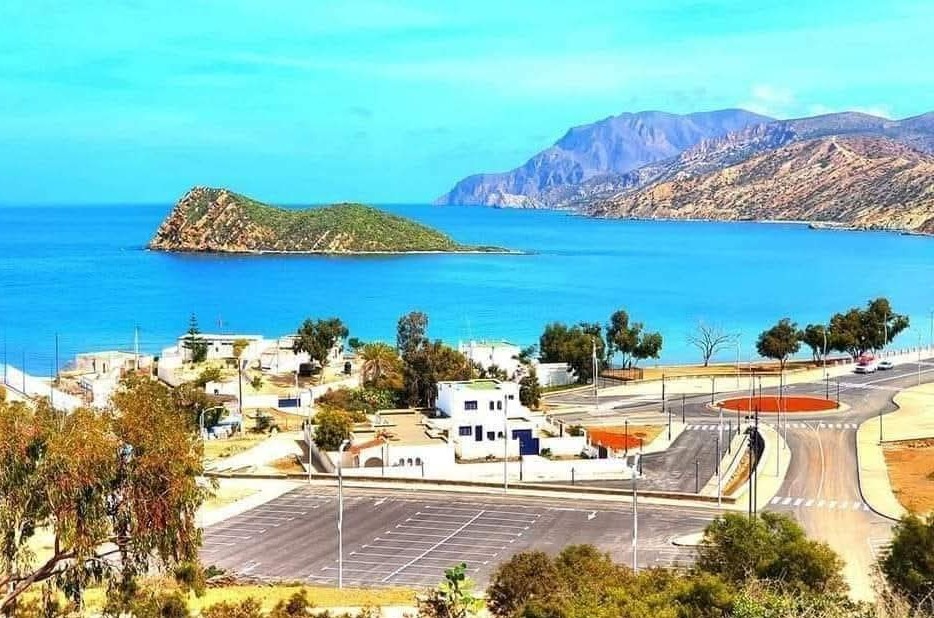Casablanca – Morocco’s public finances came under mounting strain during the first nine months of 2025, as the country’s budget deficit widened to $5.2 billion by the end of September, almost doubling from $2.7 billion recorded a year earlier. The data, published by the General Treasury of the Kingdom (TGR) in its latest monthly bulletin, points to growing fiscal pressures despite notable improvements in revenue collection.
The figure includes a negative balance of about $290 million stemming from special treasury accounts and autonomously managed state services, underscoring the complex structure of Morocco’s public accounts.
Revenue growth driven by strong tax performance
Ordinary public revenues grew markedly, totaling around $32 billion by September 2025 — a 17.4% increase compared with the same period in 2024. This improvement was primarily supported by higher direct taxes, which surged by 25.1%, while indirect taxes climbed by 10.2%. Customs duties rose by 4.2%, registration and stamp fees advanced by 8.1%, and non-tax revenues jumped by 23.4%.
This solid performance reflects an ongoing economic recovery and stronger compliance within the tax system. However, despite the positive momentum on the revenue side, the sharp rise in public expenditure continues to outpace income growth.
Ordinary spending increased by 18.9%, reaching nearly $28.9 billion, generating an ordinary budget surplus of $3.1 billion. Yet, this was insufficient to offset the overall fiscal gap created by higher investment spending and growing debt-service obligations.
Public expenditures and debt servicing
The total general budget expenditure reached $40.8 billion at the end of September, marking a 9.1% increase compared with 2024. The expansion was largely driven by a 19.8% rise in operating costs and a 7.2% increase in public investment, reflecting the government’s efforts to sustain growth through infrastructure and social programs.
Meanwhile, budgeted debt-related charges decreased by 14.3%, but actual interest payments on public debt rose sharply, totaling about $3.8 billion, an increase of 13.2% compared with 2024.
The rise was primarily due to higher domestic borrowing costs: interest payments on internal debt climbed to $3.1 billion (up 20.4%), while external debt interest declined by 8.8% to approximately $760 million. This shift highlights Morocco’s growing dependence on internal financing sources to meet its fiscal needs.
Commitments and financial execution
Total expenditure commitments, including those not subject to prior approval, amounted to roughly $63.9 billion, representing a commitment rate of 64%, slightly below last year’s 67%. The execution rate of these commitments reached 88%, compared to 85% a year earlier, reflecting improved administrative efficiency in disbursing public funds.
Special treasury accounts, which finance targeted state programs, recorded $14.6 billion in revenues — including $2.2 billion in transfers from the general budget — and $15 billion in expenditures. These figures include around $460 million in tax reimbursements and exemptions.
The autonomous state services (SEGMA) generated $243 million in revenues, a 30% annual increase, while their expenditures reached $120 million, up 9.8%, indicating a stable operational expansion of these entities within the public system.
Financing the deficit
To cover its total financing needs estimated at $7.4 billion, the Treasury relied on both domestic and external sources. External financing flows contributed a net positive amount of $2.6 billion, while domestic borrowing accounted for $4.7 billion.
This growing reliance on domestic markets underlines the Treasury’s efforts to balance external borrowing constraints with internal liquidity management. However, it also exposes the economy to potential crowding-out effects if government borrowing begins to compete with private sector credit demand.
Fiscal outlook and policy challenges
The Treasury’s figures reveal a persistent structural challenge: while revenues are expanding due to improved tax collection and economic performance, expenditures — particularly those linked to operations, social programs, and investment — continue to rise faster.
Analysts note that Morocco’s fiscal deficit, now at $5.2 billion, remains manageable in regional terms but requires sustained discipline to prevent long-term debt accumulation. The increase in domestic interest payments further highlights the need for cautious debt management and prioritization of productive spending.
Moving forward, the government faces the delicate task of maintaining economic momentum while controlling public finances. Strengthening fiscal transparency, rationalizing subsidies, and enhancing efficiency in public investment will be crucial to consolidating Morocco’s economic stability and maintaining investor confidence.

